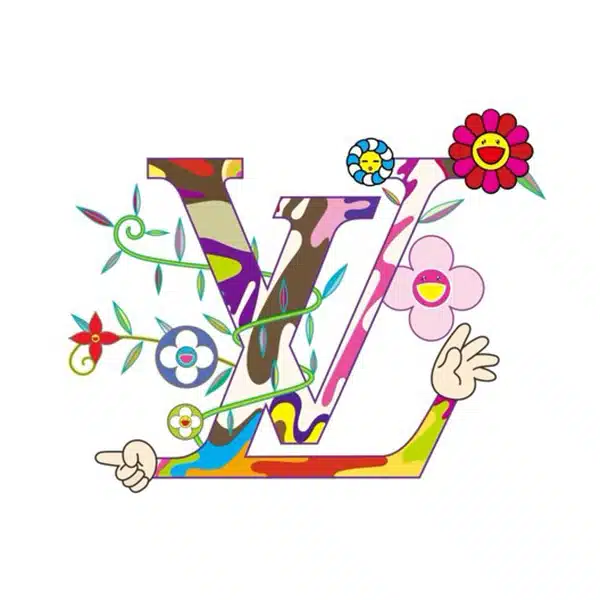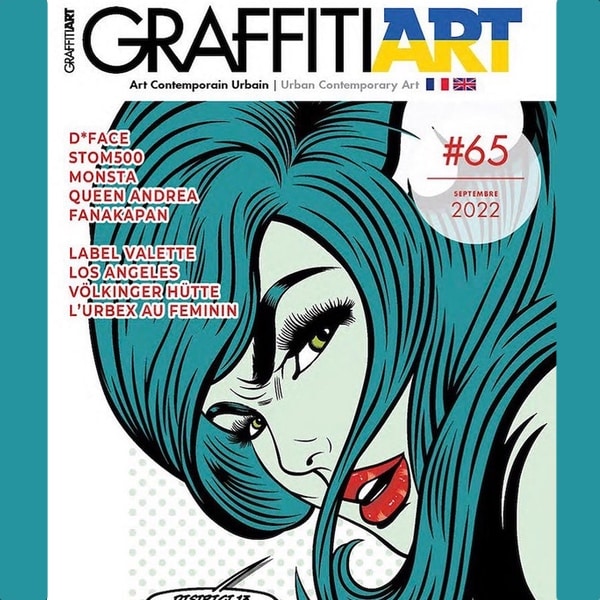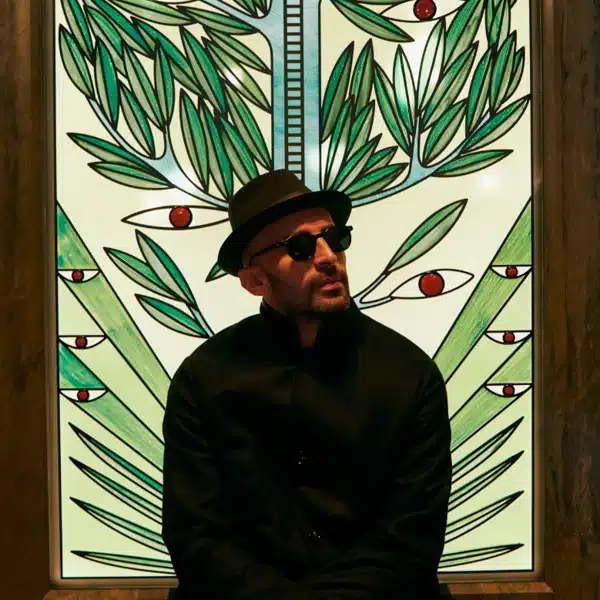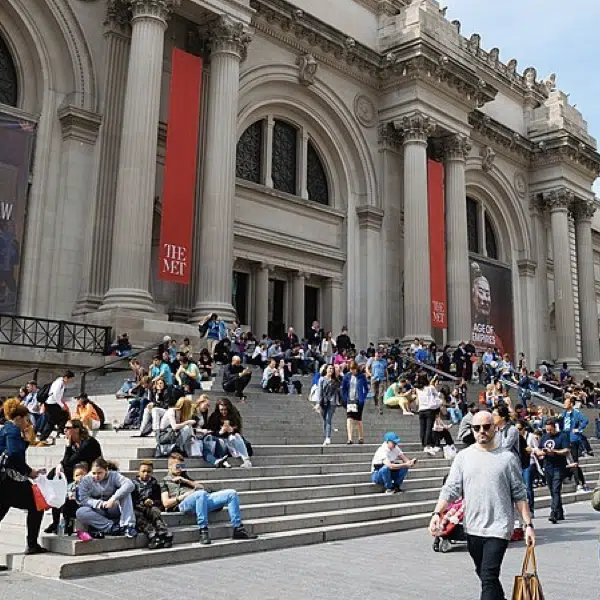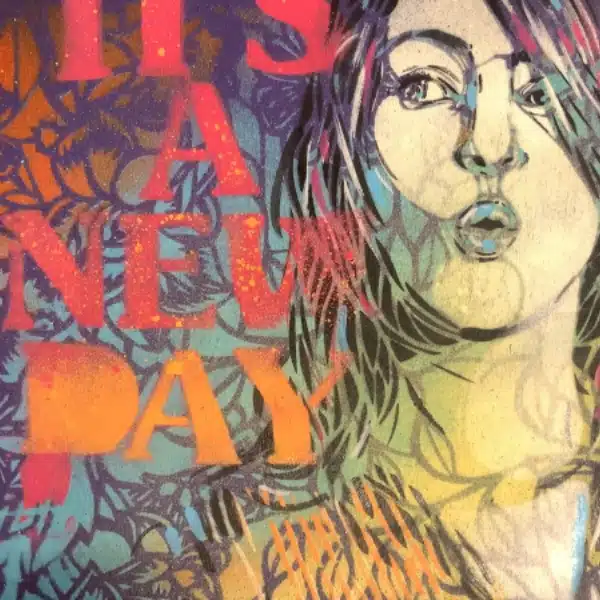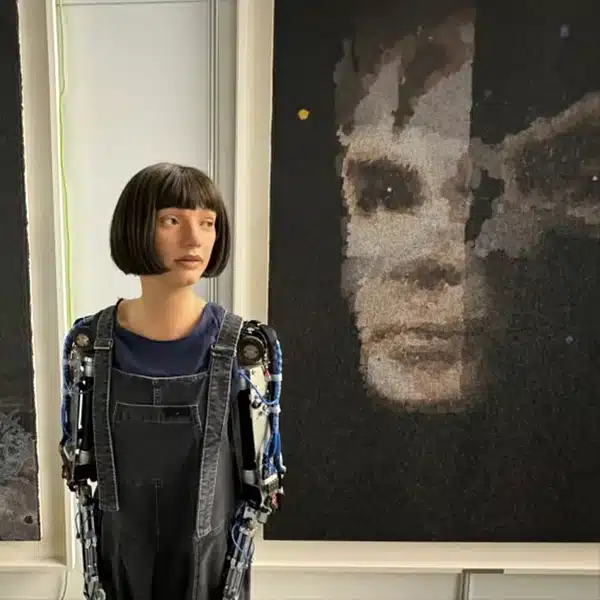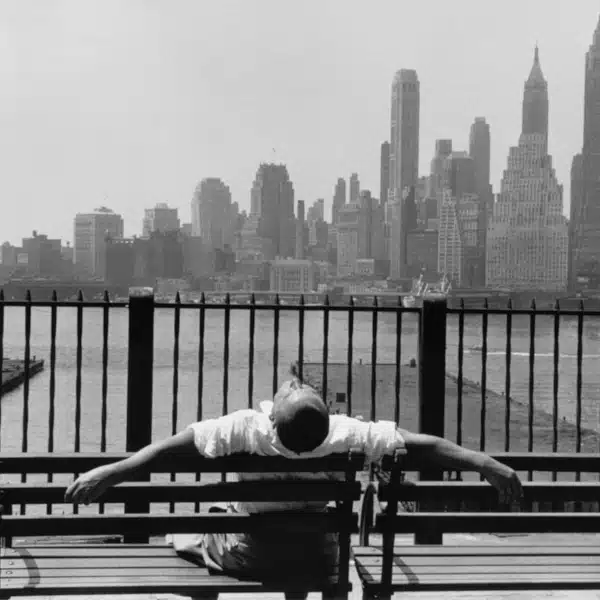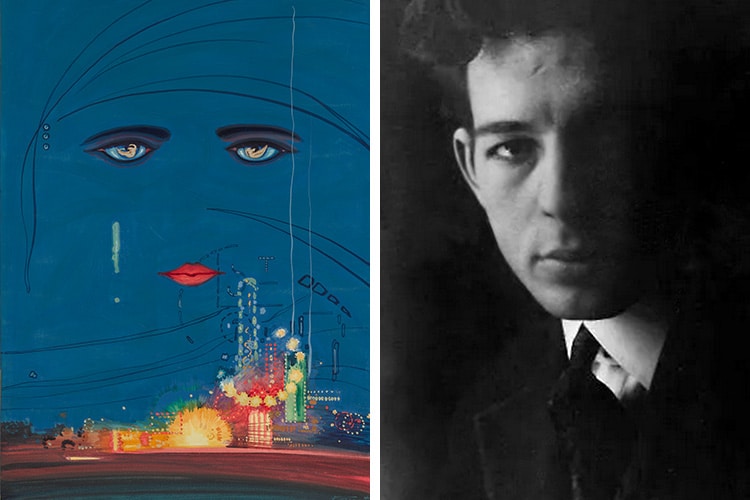
Few novels have achieved the same level of fame as The Great Gatsby. Originally published in 1925, this classic novel tells the story of an enigmatic millionaire Jay Gatsby who is driven by a romantic desire to reunite with his old lover, all the while commenting on social class, new and old money, and the American dream. Although first and foremost, author F. Scott Fitzgerald's masterpiece is renowned for its compelling tale, the book also features one of the most iconic covers in literature. It depicts a disembodied flapper's face hovering over a nighttime cityscape.
Made by a little-known Spanish graphic designer named Francis Cugat, this iconic gouache painting appears to capture the essence of Fitzgerald's book, even though the artist was only given a synopsis and the working title prior to sketching. While the author likely did not see the final cover prior to publication, Fitzgerald received several preliminary sketches of Cugat's design and was so pleased with the image that he told his editor he returned to the manuscript to tie the cover into the content of the book.
Scroll down to learn more about who made the cover for The Great Gatsby, and how it influenced the final edits to Fitzgerald's masterpiece.
What is The Great Gatsby?
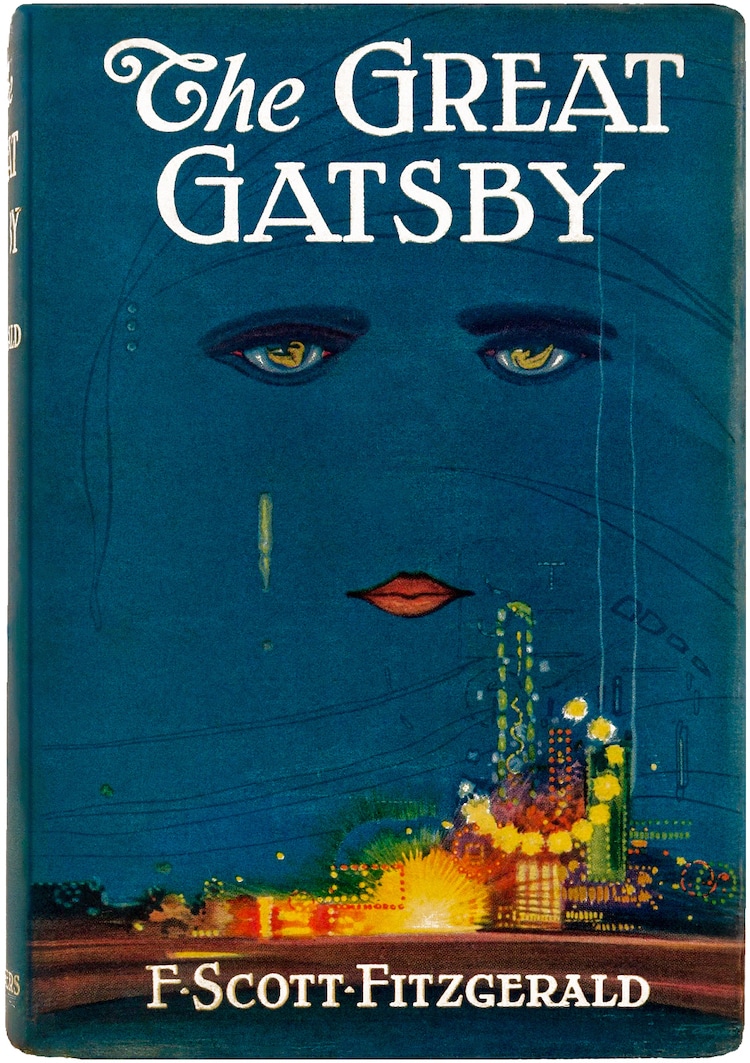
Digitally restored image of the first edition cover for “The Great Gatsby,” 1925. Cover illustration by Francis Cugat. Published by Charles Scribner’s Sons. (Photo: Wikimedia Commons, Public domain)
Published in 1925, The Great Gatsby is the most famous novel by American author F. Scott Fitzgerald (1896–1940). It tells the story of an enigmatic “new money” millionaire named Jay Gatsby yearning to reunite with a wealthy married socialite, Daisy Buchanan—as viewed through the first-person perspective of the depressed narrator, Nick Carraway.

Left: Publicity photograph of F. Scott Fitzgerald, c. 1921 (Photo: Wikimedia Commons, Public domain)
Right: Photograph of American socialite and heiress Ginevra King, 1918 (Photo: Arnold Genthe via Wikimedia Commons, Public domain)
The plot of the story was partially inspired by Fitzgerald's own life and the brief romance he had with an American socialite Ginevra King. Although he loved her deeply, their relationship was broken off when King's family discovered the young writer had no money. This triggered Fitzgerald's trajectory into the United States Army and his desire to become rich and famous when he returned. They are paralleled in the life of Jay Gatsby.
Today, the novel remains a classic piece of American literature for its views on wealth, class, and the American dream.
Who Made the Cover for The Great Gatsby?
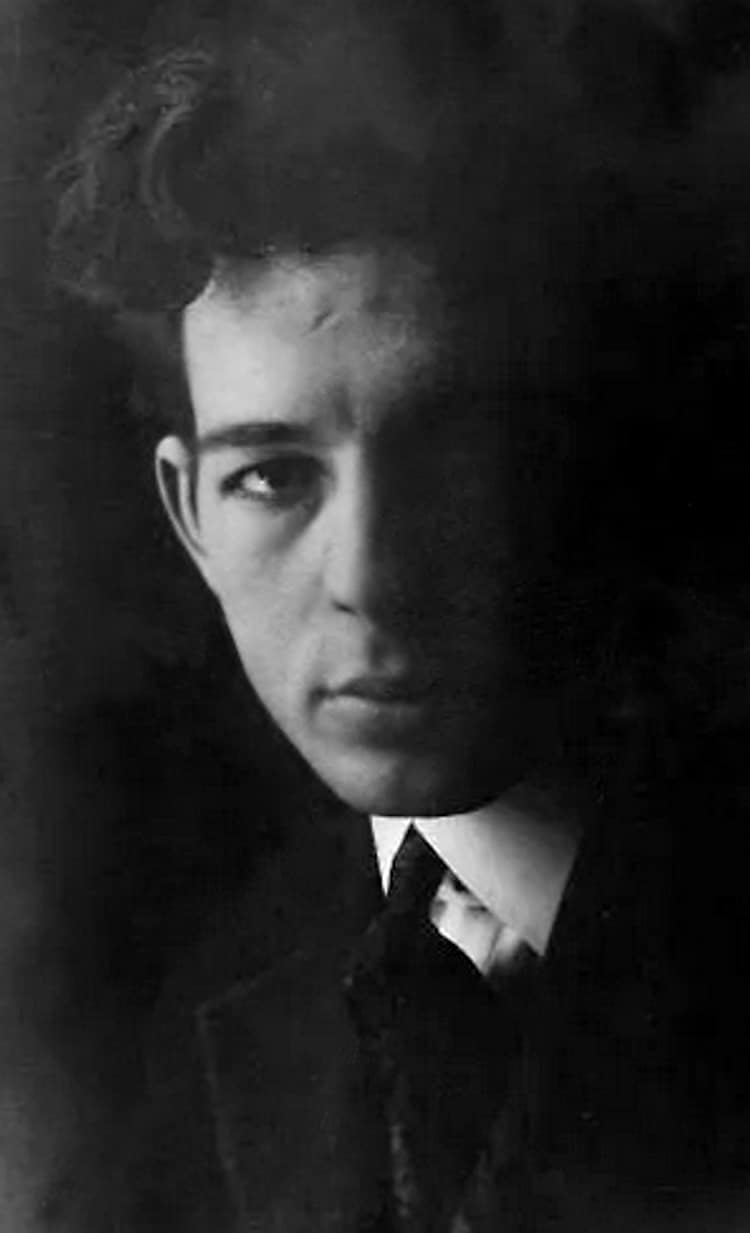
Photograph of Francis Cugat, the artist behind the 1925 cover of “The Great Gatsby,” 1918. (Photo: Wikimedia Commons, Public domain)
After a year of short stories and false starts, Fitzgerald began creating the manuscript of The Great Gatsby in 1924. During this time, his publisher, Charles Scribner's Sons, sought an artist to make the cover for the upcoming book. They found a little-known artist originally from Barcelona named Francis Cugat (1893–1981), who painted poster portraits for opera and theater stars.
Cugat received a summary of the novel as well as the working title “Among Ash Heaps and Millionaires” and began making various sketches inspired by these elements. These preliminary drawings feature a disembodied face of a flapper suspended over a New York cityscape.
After a couple of revisions, Cugate completed the final cover in gouache, dubbing it Celestial Eyes to enormous praise from the publisher. In fact, it has remained one of the most famous covers in literature.
Inspiration for Celestial Eyes
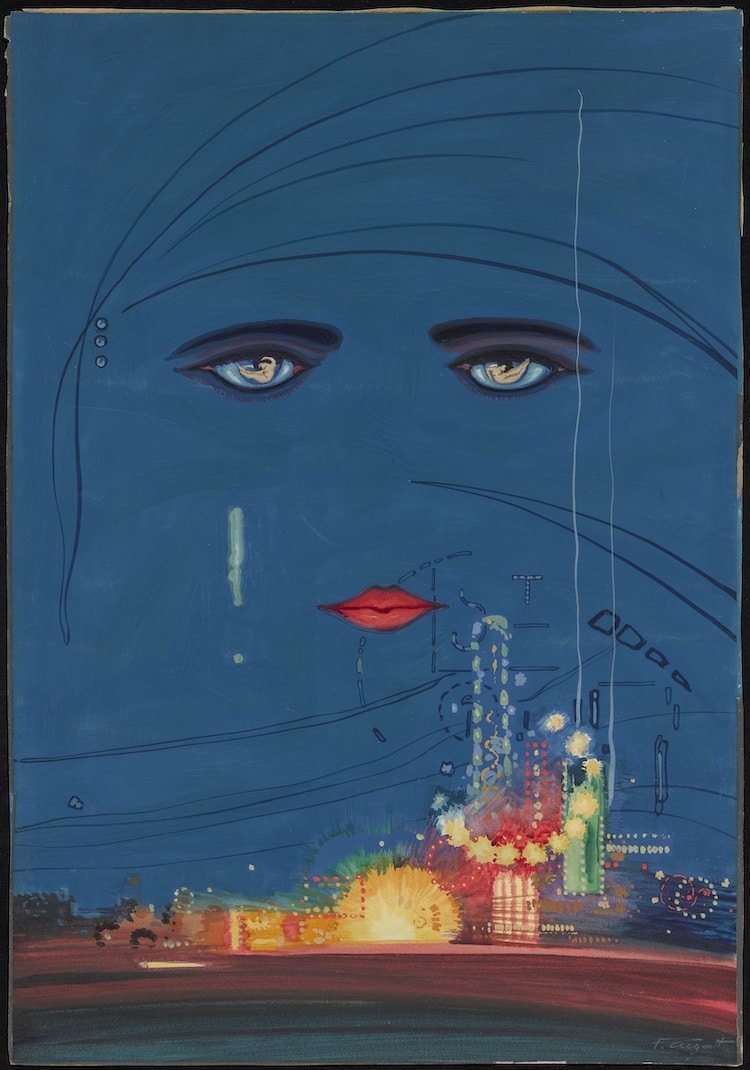
Original painting by Francis Cugat for the first edition of “The Great Gatsby,” 1925 (Photo: Wikimedia Commons, Public domain)
Cugat's painting Celestial Eyes depicts a glimmering, yellow-and-red strip of New York City overwhelmed by a solid blue sky in which a face of a flapper looks directly at the viewer. The irises of her made-up eyes contain reclining nude female figures, and above her brows is a minimalist sketch of a head accessory.
Although Cugat did not read a copy of The Great Gatsby prior to creating this piece, he was told the general premise and given the working title. He wanted to incorporate key New York elements, which can be seen in the bottom landscape, and a glimpse of 1920s glamor in the face of the woman.
Influence on Fitzgerald's Writing
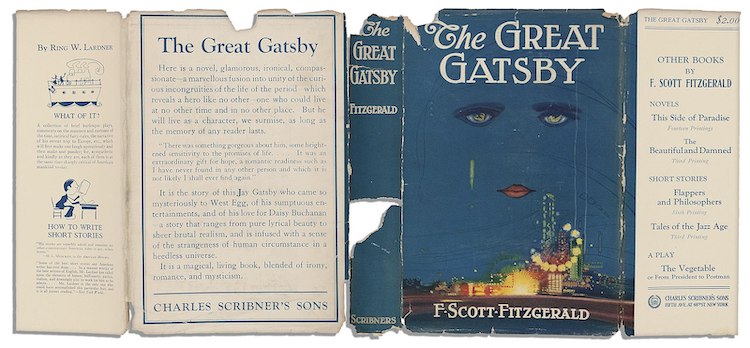
First edition dust jacket of “The Great Gatsby,” 1925 (Photo: Wikimedia Commons, Public domain)
Fitzgerald received the preliminary sketches of Celestial Eyes while he was working on the manuscipt of The Great Gatsby. He was so pleased with the image that he intentionally edited his writing to tie it into the book, as cited in his letters to his editor.
Although there is no clear consensus on what parts of the book were directly influenced by Cugat's cover, there are a couple of theories. One of the more popular interpretations is that the visage of the cover reflects the description of the billboard of optometrist T. J. Eckleburg, an opinion that fellow author Ernest Hemingway echoed. Additionally, a description of Daisy as the “girl whose disembodied face floated along the dark cornices and blinding signs” from the book has been attributed to the cover's influence.
Related Articles:
French Bookstore Seamlessly Blends People’s Faces with Book Covers
Artist Reimagines David Bowie Songs as Old Pulp Fiction Book Covers
Artist Quits Job to Craft Beautiful Handmade Fairy Tale Book Covers











































































